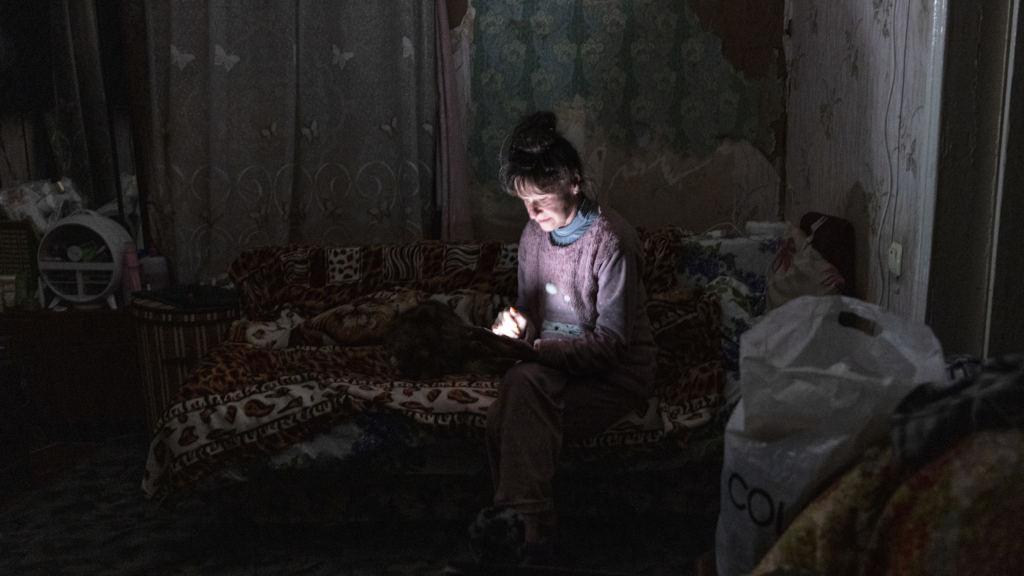Residents in the Eaton burn area and downwind can now send in soil samples from their yard to test for lead, a potent neurotoxin that’s especially dangerous for kids, thanks to a new program from the Los Angeles County Department of Public Health that launched this week.
The program is free for residents, who can check their eligibility and review detailed instructions for soil collection on the department’s soil-testing program website. The county also sent more than 25,000 postcards to eligible addresses.
If eligible, participants can wear gardening or nitrile gloves and use a trowel to scoop no more than three inches deep of soil into a gallon plastic zip bag. The department recommends collecting four samples total — two from the front yard and two from the back, each at least 10 feet apart — and mixing them together in the bag.
Residents can then drop off the sample at the county’s one-stop permit center in Altadena. The county will then email results directly to the participant in seven to 10 business days, listing the lead concentration in milligrams per kilogram of soil.
Both residents with standing homes and those who have completed the debris-removal process for their destroyed home are eligible for the program.
While no amount of lead exposure is considered safe, the state recommends taking action if levels exceed 80 milligrams per kilogram — a level that can result in noticeable brain and nerve damage in children who are exposed over long periods of time.
Dr. Nichole Quick, chief medical advisor for the Department of Public Health, said the primary exposure concern is ingestion. Kids playing in the soil or adults gardening without gloves who then touch their face or eat can accidentally consume contaminated soil.
Quick said residents can protect their health while collecting samples by wearing gloves and thoroughly washing hands after the collection process.
The county recommends residents with elevated levels of lead in their soil get a professional assessment to determine steps for remediation.
Experts generally advise residents with potentially contaminated soil to cover contaminated soil with a new layer of topsoil. Additionally, planting grass and other vegetation can lock the soil in the ground and act as a barrier. For those who can afford it, scraping a layer of soil off the yard before adding a new layer can add additional protection.
Residents can also take shoes off before entering the house, routinely wash their hands, wipe down pets coming indoors and invest in air filters to reduce the risk of inhaling or ingesting contaminated soil.
The Department of Public Health is also offering free lead blood testing for anyone worried about their exposure during or after the fires.
The residential soil testing program was first created in April, after the Los Angeles County Board of Supervisors voted to allocate $3 million for soil testing from a $134-million settlement between the county and lead paint manufacturers in 2018.
The 4-0 vote came just days after an environmental consulting firm hired by the county found elevated levels of lead and other heavy metals in and downwind of the burn zone. In some Pasadena areas, as many as 80% of samples at intact properties had lead levels above the state’s health-based standard.
The Department of Public Health based eligibility on the firm’s results and expects the funds to cover all interested residents. The program will run until December 2025. The department may consider expanding eligibility as the program progresses.
Right now, the Palisades burn area is not eligible.
The department is prioritizing the Eaton burn area, Quick said, “because we did not see the same lead impacts in the Palisades — which is a great thing.”

